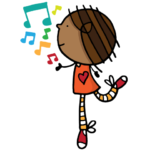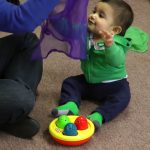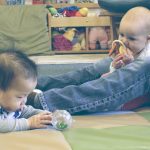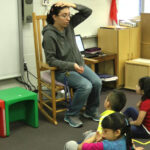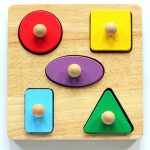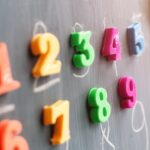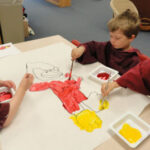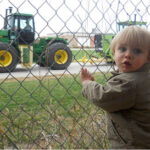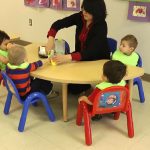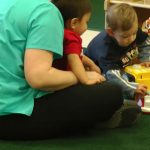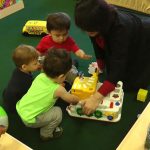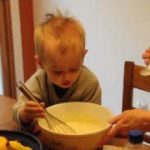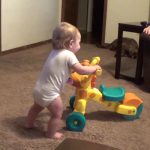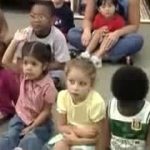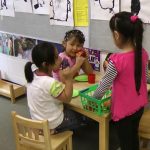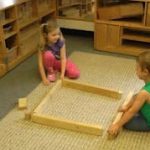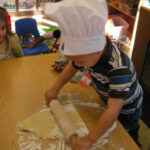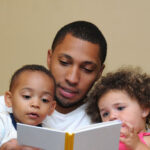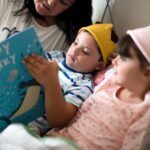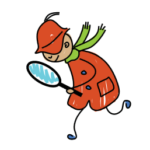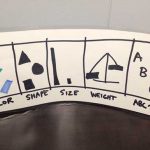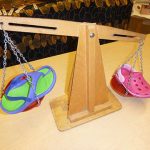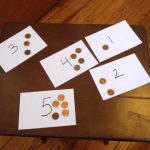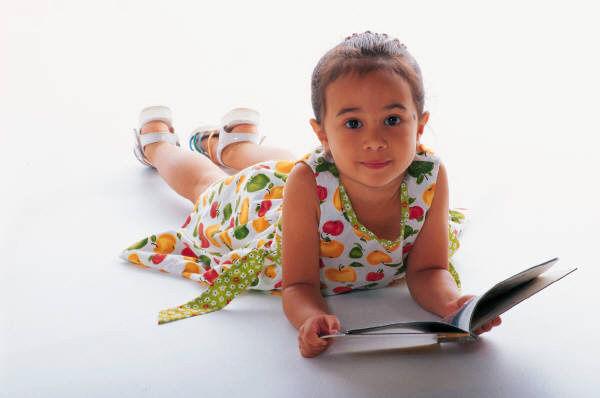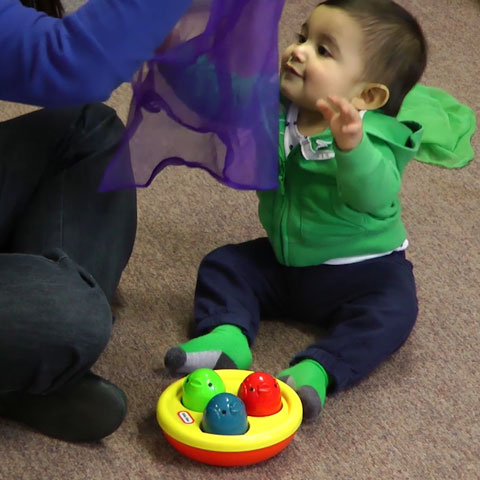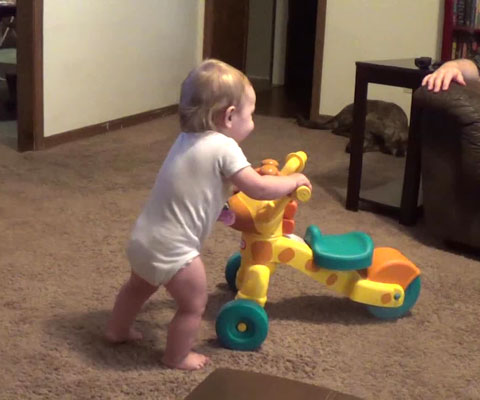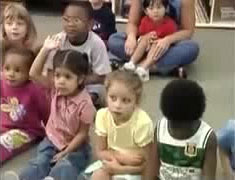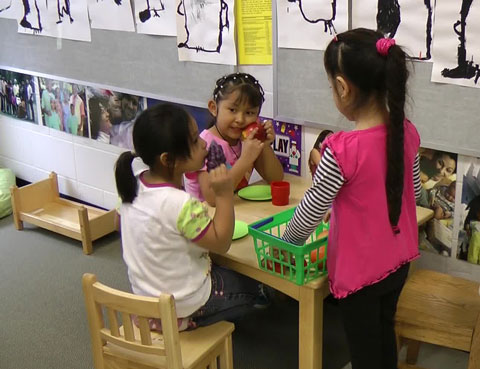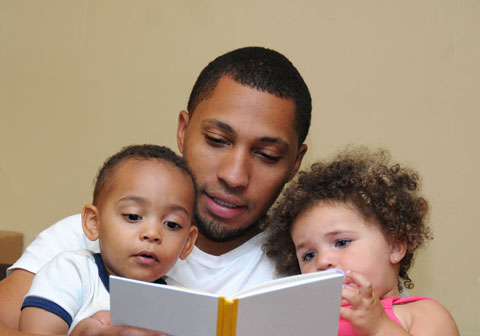Keyword: Cognitive Development
-

Things to Do While You’re Waiting: Math Is Everywhere
Keep children engaged when you have to wait
-

Things to Do While You’re Waiting: Music and Movement
Move to the beat. Sing along. Listen. Create sounds.
-
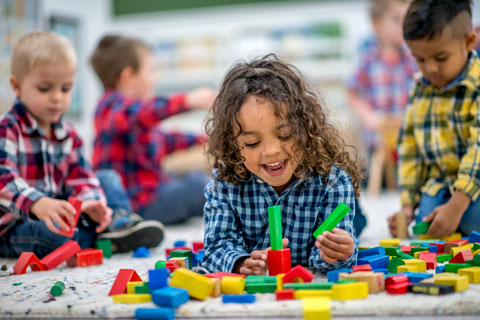
Process Play and STEAM: Getting Started
On this podcast, we are joined by Michelle Patt, an early childhood educator, consultant, and writer. Her work emphasizes STEAM (science, technology, engineering, arts, and mathematics) learning through exploration and experimentation. She writes about the integration of art and science into preschool classroom activities to encourage children’s problem solving and innovation. Michelle is preschool supervisor at…
-
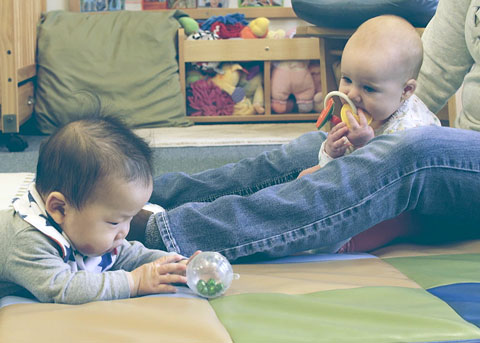
Cognitive Development
This section of the guidelines describes how infants and toddlers learn to think and reason. As they develop cognitive skills, they build understanding about the world around them. Their memory skills, spatial skills, and reasoning skills increase.
-
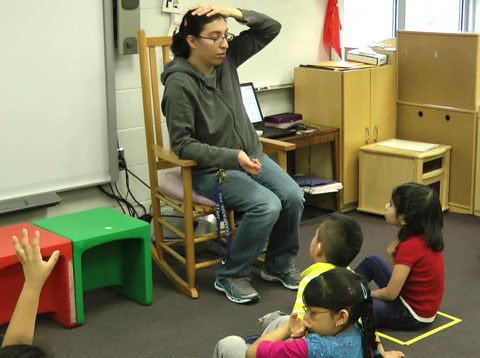
Retelling “Caps for Sale”
Children gain great comprehension and communication skills when they have the opportunity for rich discussion during read-aloud times. Stories read aloud also can provide opportunities for children to use their memory skills and retell stories with their peers and teachers.
-

Five Things Children Gain from Puzzle Play
Puzzle play is a great time to build cognitive and fine motor skills, but it can also be a time to build social, emotional, and language skills when caregivers use time with puzzles thoughtfully. Here are five things children learn through puzzle play.
-
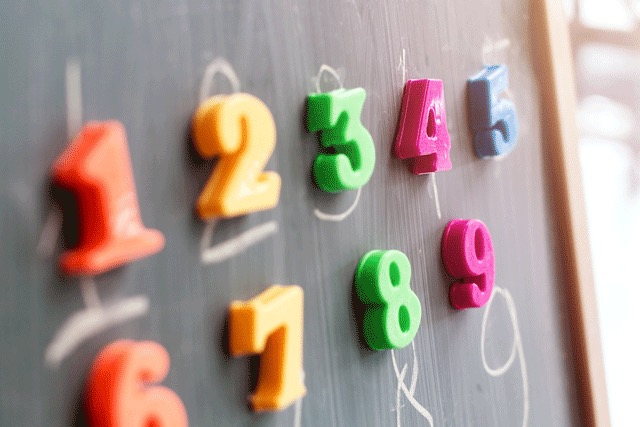
Mathematize! (audio)
This podcast, based on a blog written by Dr. Rebecca Swartz, provides ideas for helping young children use mathematical thinking in everyday routines. To see the main text of the podcast, you can read the original blog post. Related IEL Resources Blog: Mathematize! Tip Sheet: Counting Up, Down, and All Around! Tip Sheet: Discover Shapes…
-
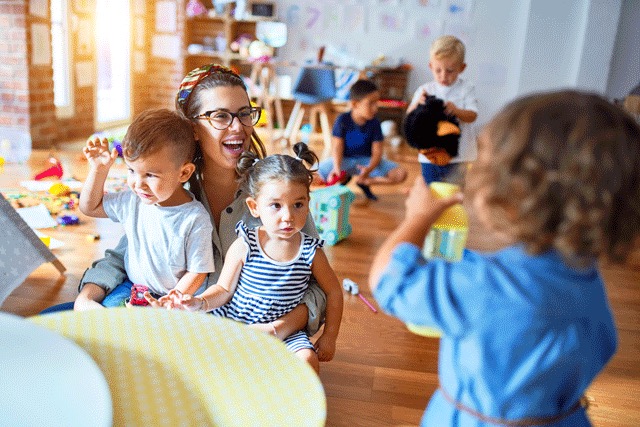
Learn by Listening to Language: Build Phonemic Awareness Skills
When we think about young children learning to read, we might imagine children learning letter names, sight words, and exploring picture books. To become skillful readers and writers, children also need opportunities to build oral or spoken language skills in addition to these important opportunities to engage with printed words.
-
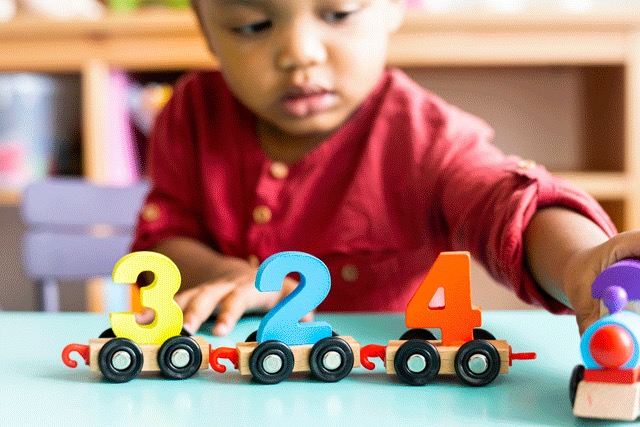
Mathematize!
One, two, three! Hearing young children begin to count is exciting! As families and caregivers listen to a child’s little voice say number words in order, they feel pride and joy in the child’s learning.
-
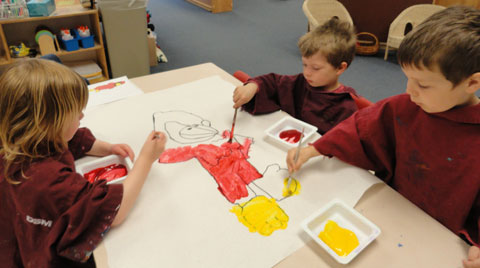
How Do People Celebrate Birthdays?
Lisa Lee and Pam MorbitzerIllinois State University Child Care CenterNormal, Illinois The How Do People Celebrate Birthdays Project took place in a multiage classroom at the Illinois State University Child Care Center in Normal, IL. The center offers full- and part-time care for children ages 3 to 5. The ISU Child Care Center has three…
-
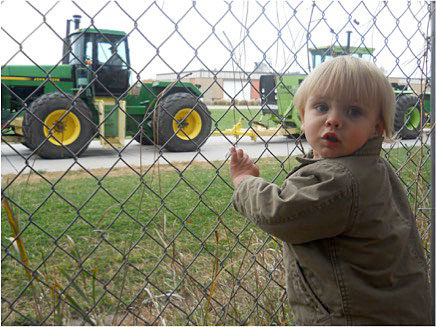
The Tractor Project: Noisy Neighbors Lead to Investigation
Erin Hamel, Mollie von Kampen, Sara Dolezal, Brianna Kennedy, Ashley McConnell, and Jordyn NikkilaRuth Staples Child Development LaboratoryLincoln, Nebraska The Tractor Project was completed in the younger classroom of the Ruth Staples Child Development Laboratory at the University of Nebraska–Lincoln. The laboratory serves children ages 18 months through 5 years old. This classroom includes children…
-
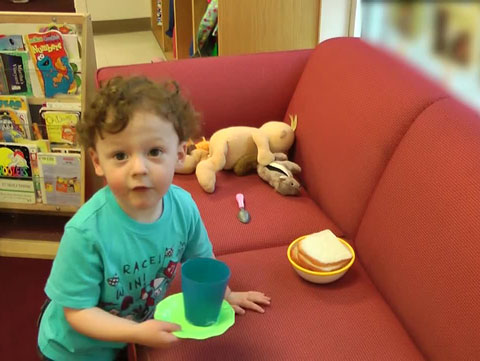
Tea Party
Through a progression of short clips taken over a span of 30 minutes, this video focuses on Hudson (at 30 months, the oldest in the class) gathering items, stuffed animals, and dolls; arranging them on a couch; and (briefly) enjoying his tea party with his stuffed animals.
-
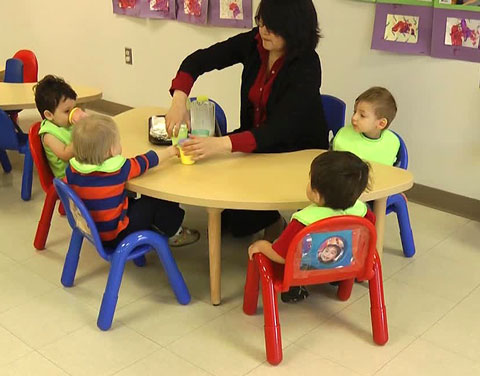
Snack Time
This interaction demonstrates the teachers’ cooperation and understanding of their roles in classroom management. It also demonstrates appropriate teacher-child interactions at the snack table.
-

Ready? Boing!
This interaction shows how the teacher appropriately engages the children by asking Spencer to participate and redirecting Mason when he takes the bear.
-
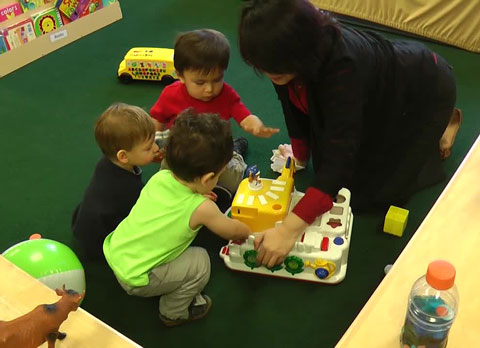
Press Here
Jayden (20 months), Mason (21 months), Spencer (20 months), and the teacher, Sui Ping, are sitting on the floor engaged with an activity box. Sui Ping is demonstrating for Mason how to make the small bear “jump” off the toy by pushing a button. The other two boys are also trying to play with the…
-

Mix and Count
This video shows 22-month-old Waylon helping his grandmother mix pancake batter for breakfast. His 6-year-old brother, Luke, and his father talk off camera. In the video, we see adults using strategies for interaction that help Waylon learn about the world.
-
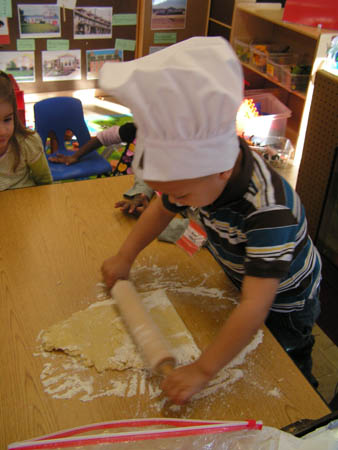
Project Work Engages Young Children’s Intellects
Extensive experience of teaching young children has suggested it is useful to keep in mind the following set of assumptions based on research about children’s development and learning. I encourage you to share these assumptions with children’s families as well.
-
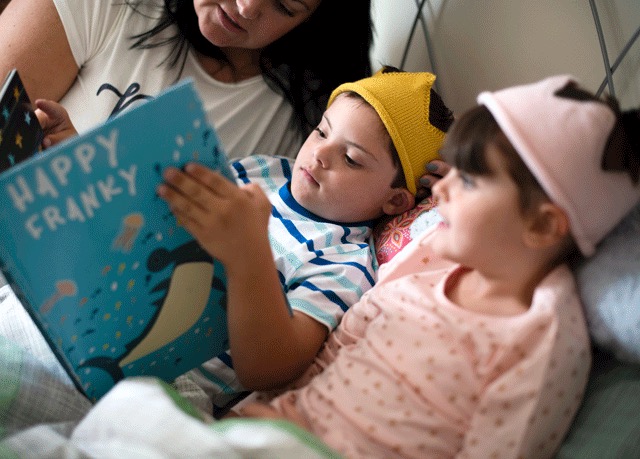
Reading Stories Can Feed the Imagination and Spur Brain Development
Reading stories introduces children to new words that go beyond their daily conversations.
-
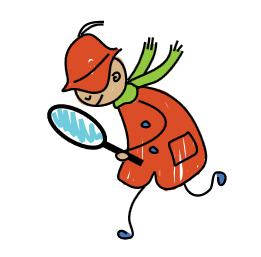
Things to Do While You’re Waiting: Curious Young Scientists
Keep children engaged when you have to wait.
-

Math Lesson Addressing Benchmark 7.A.ECc
Throughout the year, during typical classroom interactions, Ms. Jones has exposed children to vocabulary for describing and comparing attributes (e.g., “It’s cold today, so I wore my heavy coat”). Ms. Jones decides to plan a lesson targeting a benchmark about attributes. She and Ms. Hernández plan to use materials in the classroom shoe store to…
-

Math Lesson Addressing Benchmark 6.B.ECb
Ms. Jones has introduced counting with one-to-one correspondence during morning group time. Through careful observation, she realizes that some of the children vary in their ability to communicate and represent their understanding of meaningful counting. She and her teaching assistant, Ms. Hernández, develop a small-group activity related to their shoe store project so the children…



